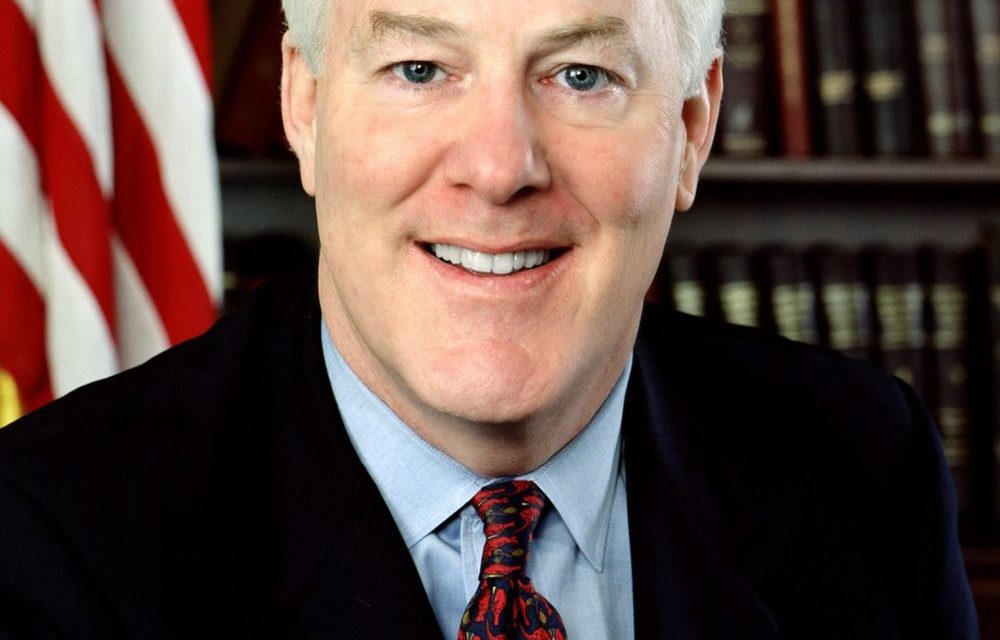
Texas Senate Approves $1.5B More Border Wall Funding
By Richard Lee
After approving more than $5 billion for state border security efforts in the regular session, the Senate added another $1.5 billion in Tuesday’s session, almost all of which is earmarked for building more miles of the permanent wall between Texas and Mexico. SB 6 author and Houston Senator Joan Huffman said that the state must continue to fill the gap left by the federal government’s inaction on the border. “The state of Texas has stepped up to protect Texans, and I would say also to protect the rest of the United States,” she said. “Since the inception of Operation Lone Star [in 2021], the state has committed over $10 billion for border security, and the budget we passed in May appropriates $5.1 billion for border security for the current biennium alone.” The regular session budget included over $600 million for wall construction. This new money will bring the total to $2.1 billion for the biennium.
Building walls along the Rio Grande poses a number of challenges. Historically, the Legislature has valued private property rights very highly, and have consistently disallowed the use of eminent domain to take property for the wall. This means that the state can only build where private landowners give permission, and not all do. John Raff, deputy director of the Texas Facilities Commission, the agency overseeing the project, said that the state has obtained land use rights for about 60 miles of wall, with closure on easements for another 50 miles expected in the next year. As of now, he said, the state has built 12 miles of wall at a cost of around $30 million per mile. That’s in addition to 180 miles of wall already built by the federal government, said Raff.
Also in the bill is $40 million in discretionary funds to the Department of Public Safety to pay for overtime and other costs associated with coverage of the fast growing southeast Texas residential development of Colony Ridge. This development has exploded in population over the last few years, as the developers found a robust market for low income first-time buyers. Last year, unsubstantiated rumors arose on the internet that the development was a hotbed of cartel activity, human trafficking, and even contained “no go zones” where police were afraid to patrol. Testimony offered before two Senate committees this week have shown these rumors to be unfounded Monday, DPS Executive Director Steve McCraw told members of the Finance committee that his agency has not observed significant or unusual cartel activity or drug trafficking and no areas where DPS or local police are afraid to go. “I could make a great case that the areas where we’re operating here – same population, similar demographics – where the crime is substantially more here in Austin than it is in this particular community,” he said.
McCraw said DPS is currently maintaining a presence of about 40 troopers in the region, to supplement the ten Liberty County sheriff’s deputies dedicated to regular law enforcement operations in the 60 square mile Colony Ridge development. Huffman said on Tuesday that DPS has wide latitude to use the money provided in the bill on other border security operations if they deem that additional troopers assigned to Colony Ridge are unnecessary.
Problems associated with the development are due to extreme growth rather than crime, according to testimony offered Tuesday at a Local Government Committee hearing on Colony Ridge. There are just too many new residents for the number of sheriff’s deputies employed by the county to offer adequate patrol coverage. The Cleveland Independent School District, which serves the Colony Ridge development, is seeing “exponential” growth in student population, according to district superintendent Steve McCandless. The district has seen enrollment go from around 3,400 in 2013 to more than 12,000 today. McCandless said his district has added more than one thousand students since the school year started in August.





